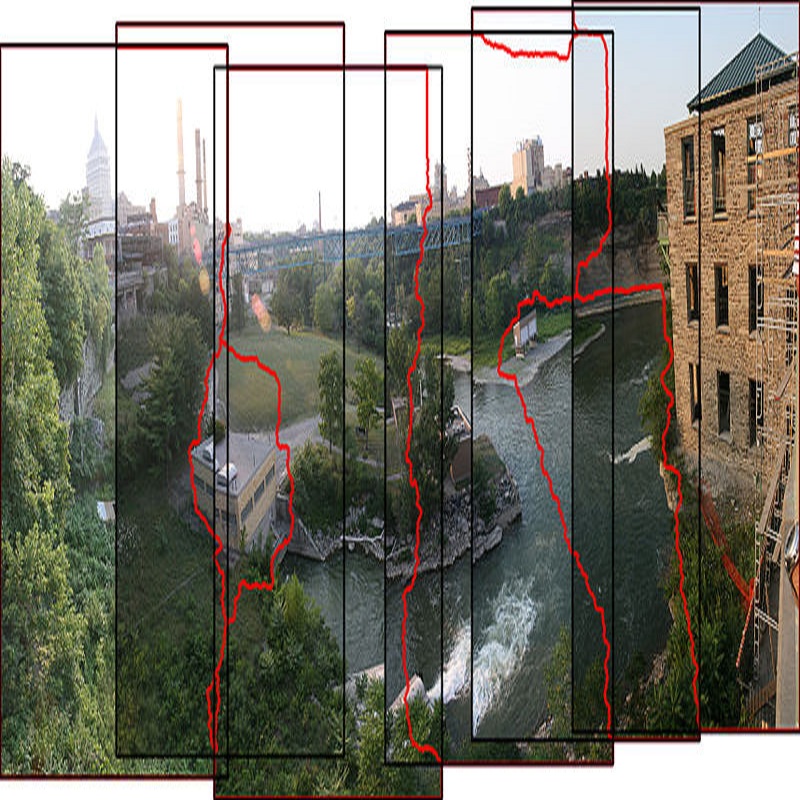Traditional image stitching approaches tend to leverage increasingly complex geometric features (point, line, edge, etc.) for better performance. However, these hand-crafted features are only suitable for specific natural scenes with adequate geometric structures. In contrast, deep stitching schemes overcome the adverse conditions by adaptively learning robust semantic features, but they cannot handle large-parallax cases due to homography-based registration. To solve these issues, we propose UDIS++, a parallax-tolerant unsupervised deep image stitching technique. First, we propose a robust and flexible warp to model the image registration from global homography to local thin-plate spline motion. It provides accurate alignment for overlapping regions and shape preservation for non-overlapping regions by joint optimization concerning alignment and distortion. Subsequently, to improve the generalization capability, we design a simple but effective iterative strategy to enhance the warp adaption in cross-dataset and cross-resolution applications. Finally, to further eliminate the parallax artifacts, we propose to composite the stitched image seamlessly by unsupervised learning for seam-driven composition masks. Compared with existing methods, our solution is parallax-tolerant and free from laborious designs of complicated geometric features for specific scenes. Extensive experiments show our superiority over the SoTA methods, both quantitatively and qualitatively. The code will be available at https://github.com/nie-lang/UDIS2.
翻译:传统图像缝合方法往往会利用日益复杂的几何特征(点、线、边缘等)来提高性能。然而,这些手工制作的特征只适合具有适当几何结构的特定自然场景。相比之下,深缝办法通过适应性学习稳健的语义特征克服了不利条件,但是由于基于同质的注册,它们无法处理大相径庭案件。为了解决这些问题,我们提议UDIS++,一种不需监督的对parlax-容忍的深层图像缝合技术。首先,我们提议以强而灵活的方式,模拟从全球同质学到当地薄板样样样样样运动的图像登记。它为重叠的区域提供准确的匹配,并通过联合优化对非重叠区域进行保护。随后,为了提高一般化能力,我们设计了一个简单而有效的迭接战略,以加强交叉数据集和交叉解析应用中的对曲调调。最后,我们提议通过不严密校正的学习来补充缝合的图像。 将我们现有的高压的地理-级模型与现有的高压的地理-级模型的特征进行比较。



